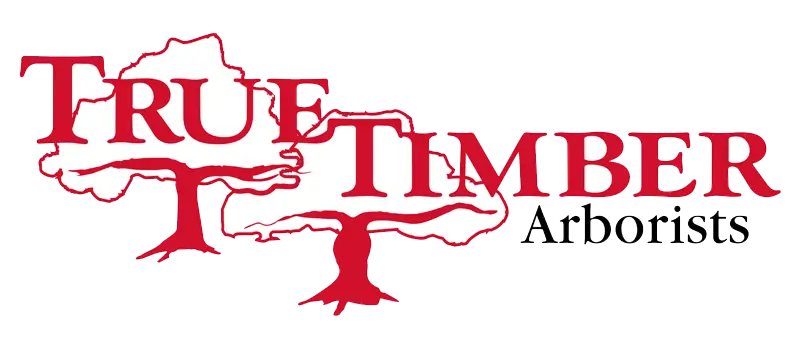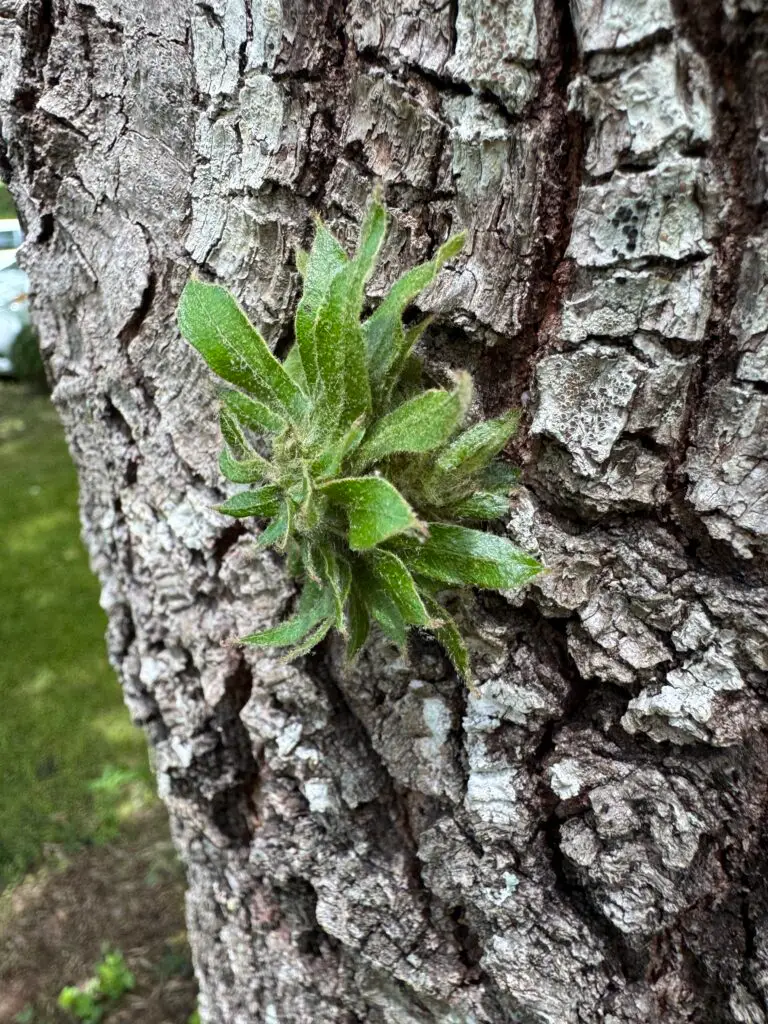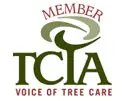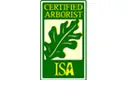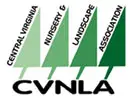Today, while inspecting a client’s trees for storm damage, I encountered an unfamiliar tree. Among the usual American sycamore, eastern hemlock, flowering dogwood, and willow oak, one tree stood out. Initially, I might have dismissed it as a large shrub, but I paused to take a few photos.
Though not yet definitively identified, I suspect it’s a ring-cupped oak (thank you google!). This experience reminds me that even in familiar places, hidden treasures can be found.
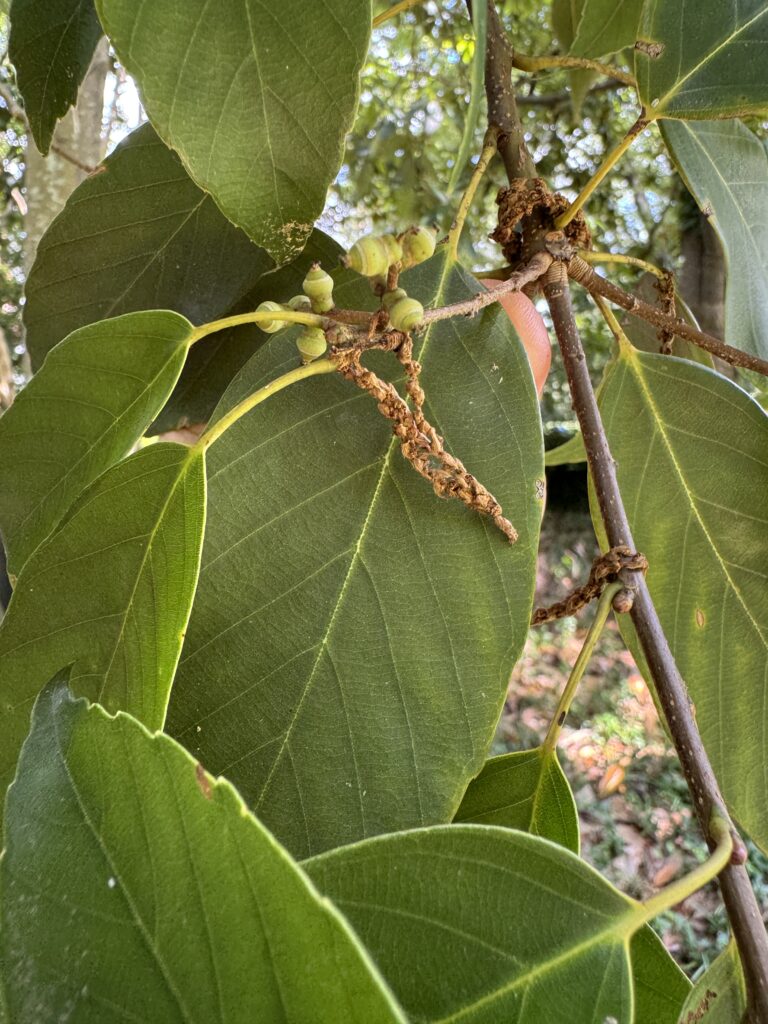
This discovery echoes another recent mystery: a strange growth on my mother-in-law’s tree last month. Despite inquiries, I haven’t been able to identify it. One plant expert suggested it might be an unusual tree response, likely consisting of the tree’s own tissue.
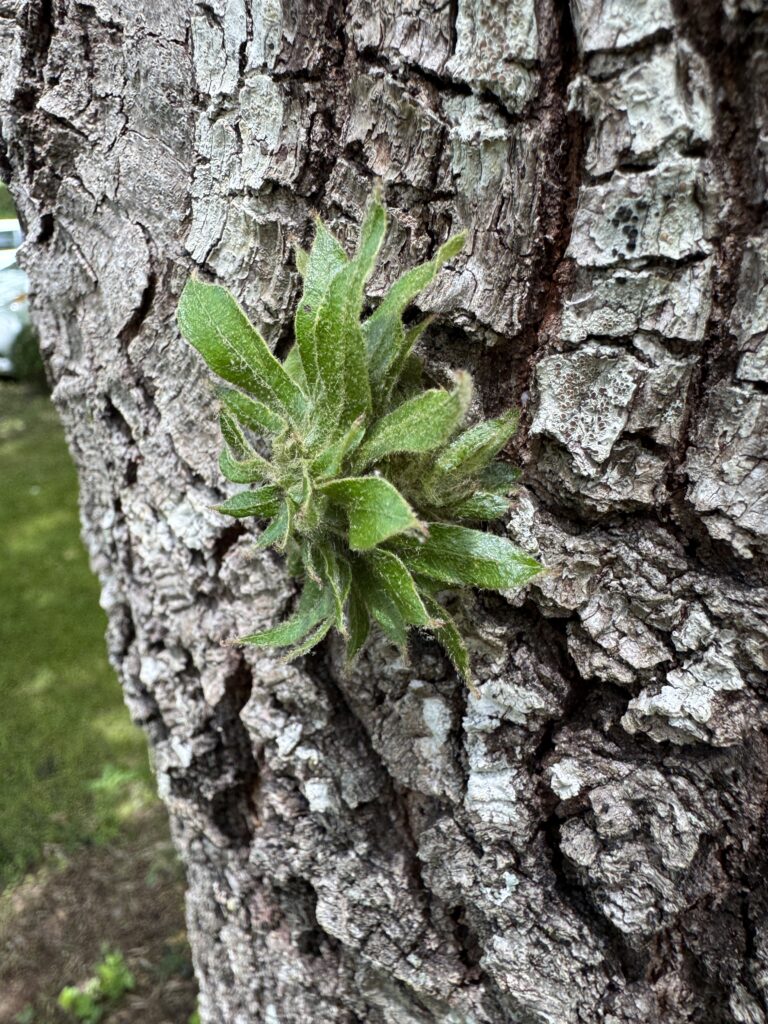
On a different note, my grandson excitedly called me to the garden today, having found a box turtle in our backyard. It’s been over 20 years and this is the first time I have seen one here!
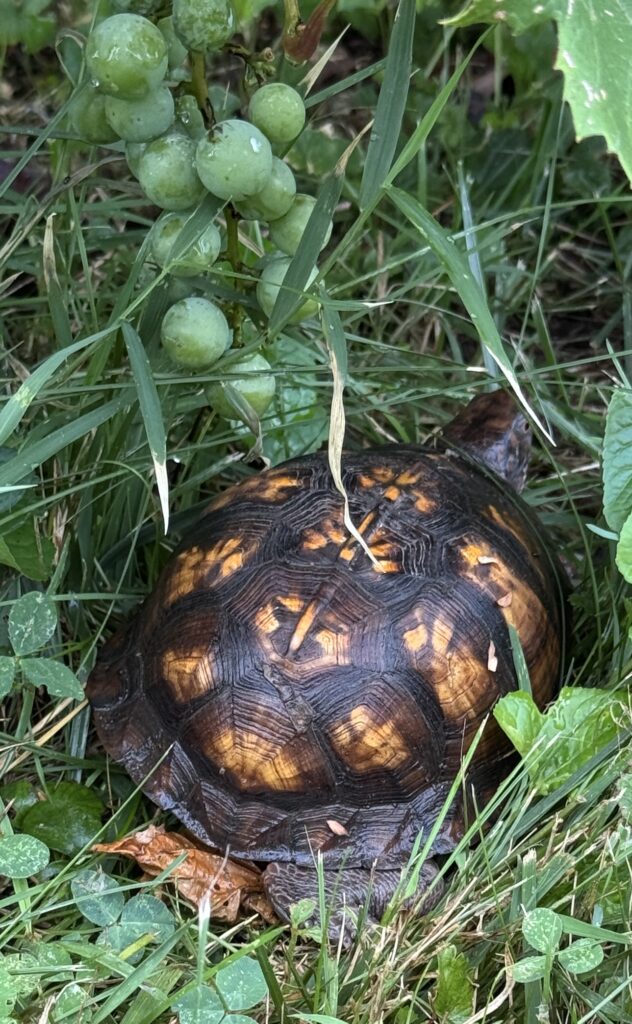
These observations align with recent articles by James Luggen, who advised us to “go outside,” and Phil Tate, who noted he’s “becoming a bird guy.” Both highlight the importance of outdoor engagement and keen observation.
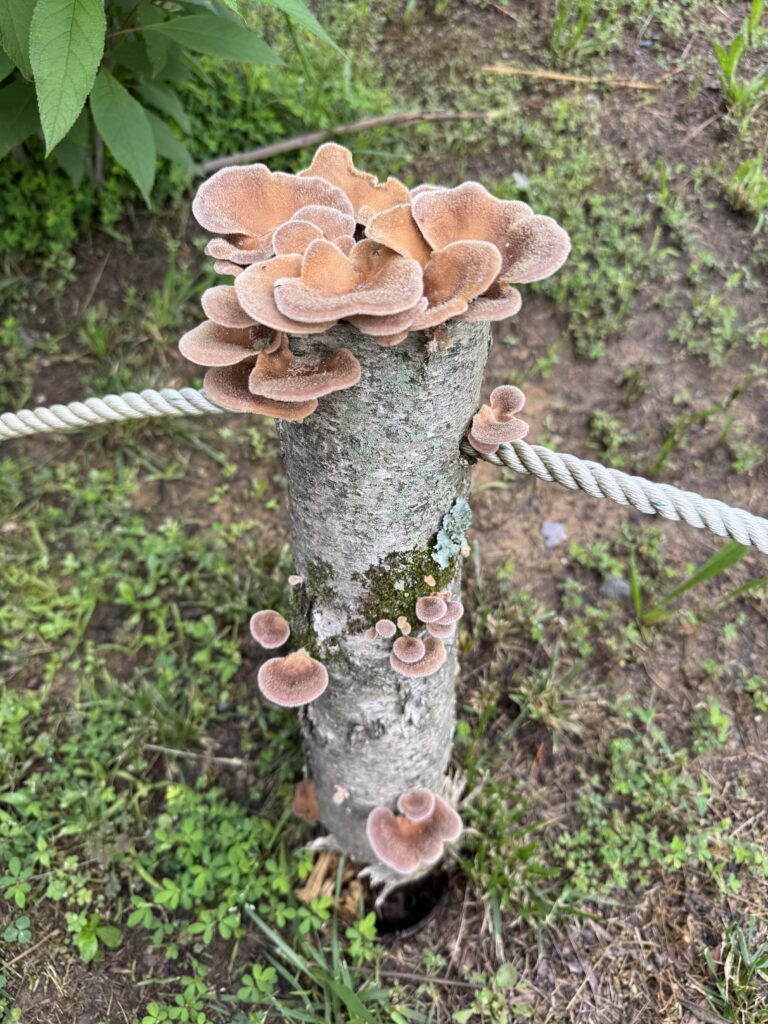
My advice? Begin in your own backyard. Find an amazing tree – it doesn’t have to be the biggest – and truly appreciate it. Learn its species, its needs, and, crucially, what it doesn’t need. Then, turn your attention to the random flowers emerging in your yard.
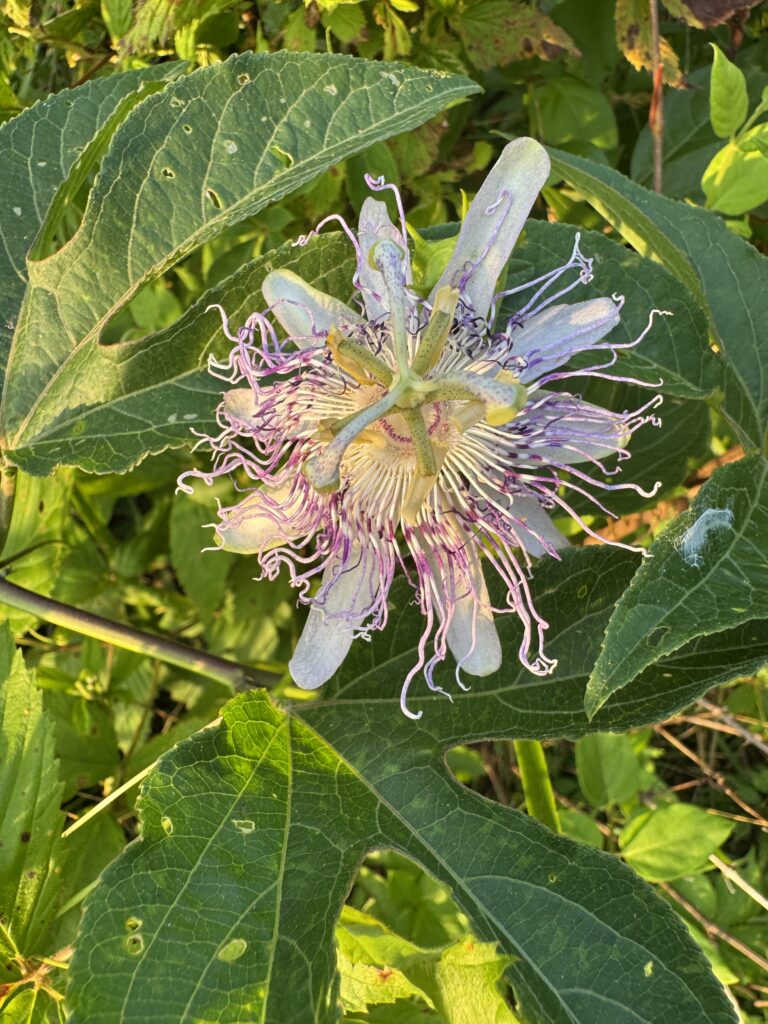
Next, explore a small piece of land or a nearby park that doesn’t require a car trip. Visit it often and observe it throughout the different seasons.
